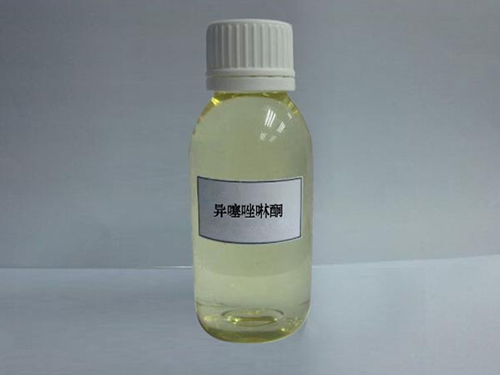Exploring the Impact of PBTCA in Modern Chemical Applications
The Significance of PBTCA in Modern Chemistry
Phosphonobutyric acid, commonly known as PBTCA, has gained significant attention in modern chemistry due to its versatile applications across various industries. As a member of the phosphonate family, PBTCA possesses unique chemical properties that make it an invaluable compound in fields ranging from agriculture to water treatment and corrosion inhibition.
The molecular structure of PBTCA consists of a phosphonic acid functional group attached to a butyric acid backbone. This configuration is crucial for its performance in differing applications. One of the most prominent uses of PBTCA is in water treatment, where it acts as a chelating agent. In this context, PBTCA effectively binds to metal ions, preventing their precipitation and allowing for clearer water. This property is particularly beneficial in industrial applications, where the presence of heavy metals can significantly impair equipment functioning and water quality.
.
Moreover, PBTCA is recognized for its effectiveness as a corrosion inhibitor. When added to various formulations, it forms a protective layer on metal surfaces, preventing oxidative damage. This function is crucial in sectors such as manufacturing and construction, where metal components are subjected to harsh environments. The selection of PBTCA as a corrosion inhibitor stems not only from its efficacy but also its compatibility with other materials, making it a preferred choice among engineers and chemists.
pbtca

The adaptability of PBTCA extends to its use in the synthesis of surfactants and other organic compounds. Because of its phosphonic acid group, PBTCA serves as a vital building block for the development of bioactive molecules that can facilitate numerous biochemical processes. In pharmaceutical chemistry, for instance, derivatives of PBTCA have been explored for their potential therapeutic effects, showcasing the compound's diverse range of applications.
As environmental concerns rise globally, the role of PBTCA is evolving to address these issues. The compound's biodegradable nature and low toxicity enhance its appeal as a green alternative in various applications. By replacing more harmful substances with PBTCA, industries can work towards more sustainable practices without compromising on performance.
Research into PBTCA is ongoing, and its potential continues to unfold. Scientific investigations are exploring its behavior in varying environments and its interaction with different substrates, promising to unlock even more applications in the future. As the demands of modern chemistry evolve, compounds like PBTCA represent the forefront of innovation, with their unique properties paving the way for more efficient and sustainable practices across multiple industries.
In summary, the significance of PBTCA in contemporary chemistry and industry cannot be overstated. Its multifunctional properties as a chelating agent, corrosion inhibitor, and precursor for bioactive compounds underscore its versatility and importance. As we aim for a future that balances industrial progress with environmental responsibility, PBTCA stands out as a valuable asset in our chemical toolkit, promising to contribute to more sustainable solutions for the challenges of today and tomorrow.
-
Understanding Polycarboxylic Acids: Properties, Applications, and Future PotentialNewsJul.28,2025
-
Scale Inhibitor Explained: How to Protect Your System from Limescale and Hard Water DamageNewsJul.28,2025
-
Scale and Corrosion Inhibitors: Essential Chemicals for Industrial Water System ProtectionNewsJul.28,2025
-
Polyaspartic Acid: A Biodegradable Polymer for Sustainable ChemistryNewsJul.28,2025
-
Isothiazolinones: A Versatile Antimicrobial Class with Industrial Power and Regulatory ChallengesNewsJul.28,2025
-
A Deep Dive into 2-Phosphonobutane-1,2,4-Tricarboxylic Acid (PBTC)NewsJul.28,2025





